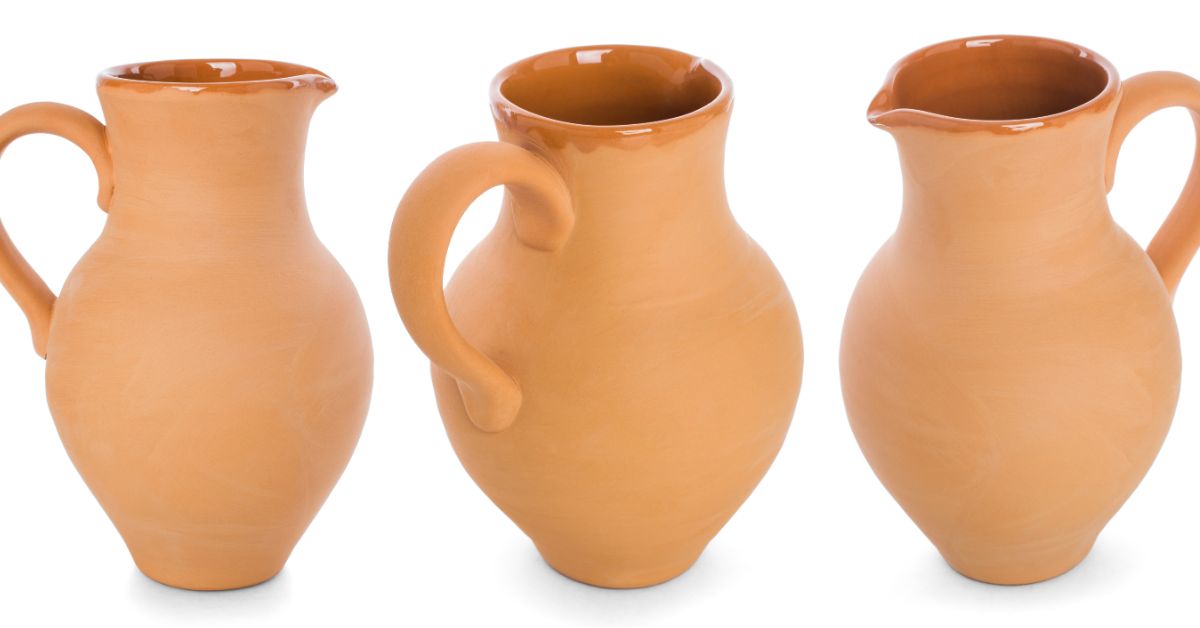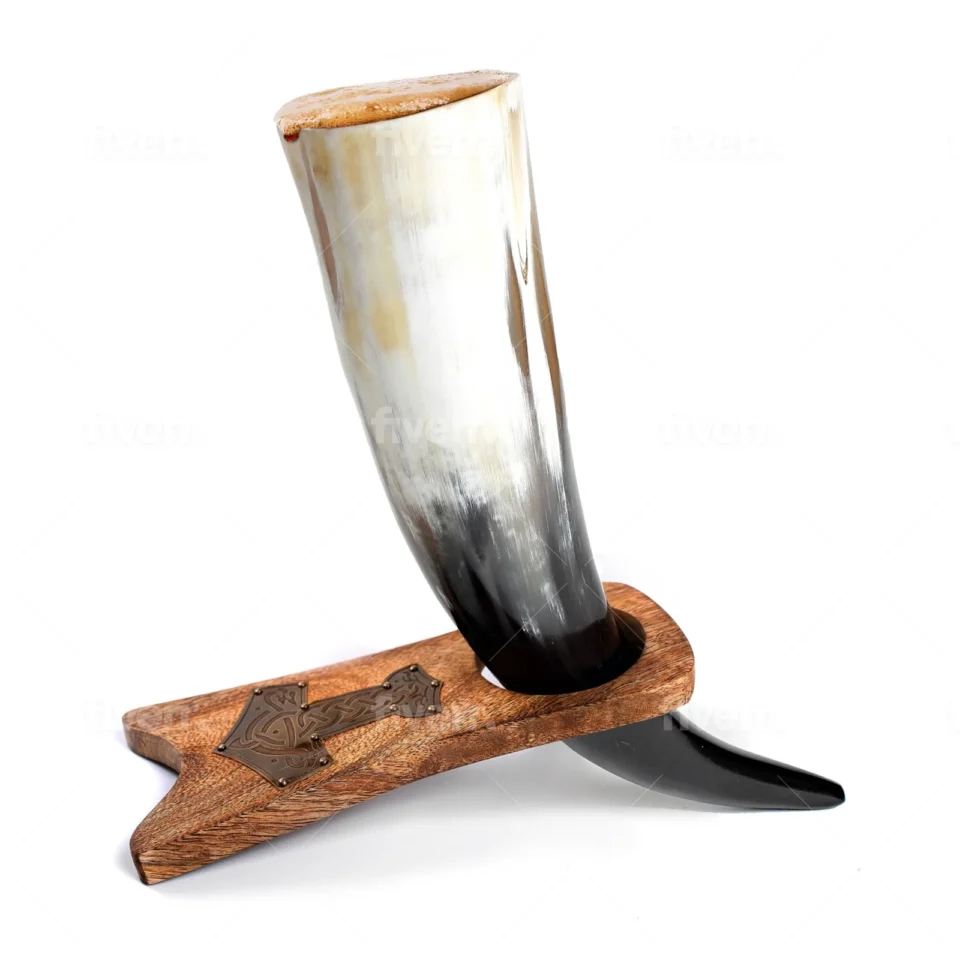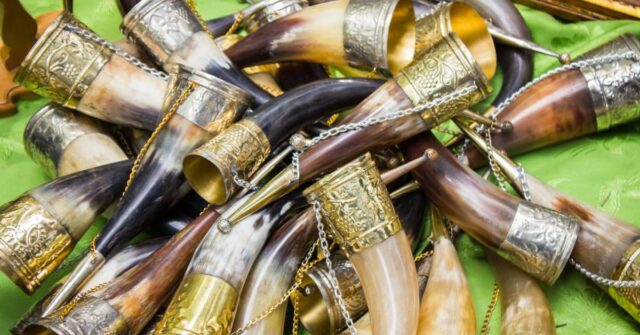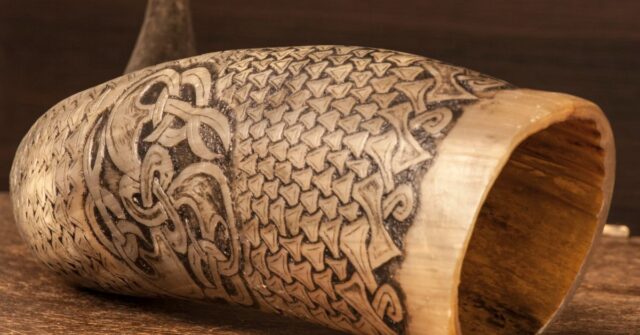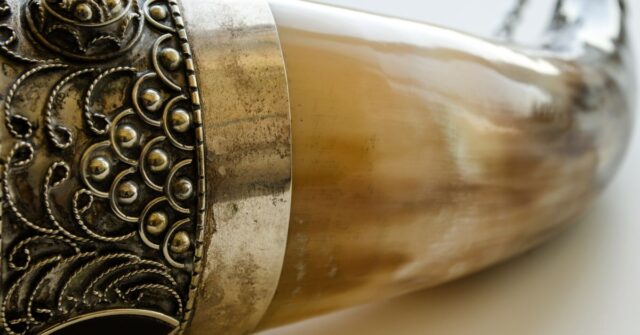Welcome to a journey through time, where we explore the history, design, and cultural significance of two of history’s most iconic drinking vessels: the flagon and the tankard.
Whether you’re a history buff, a collector, or just curious, get ready for an enlightening dive into the world of historical drinkware.
Introduction
Why compare flagons and tankards, you might wonder? Beyond their practical use for holding your favorite beverages, these vessels carry centuries of tradition, craftsmanship, and social significance.
Let’s crack open the book of history and pour out some fascinating facts.
Understanding the Purpose of This Comparison
At first glance, flagons and tankards might seem like simple containers. However, each has its story, shaped by the eras they’ve traveled through.
This comparison aims to highlight their differences and celebrate their histories.
Historical Significance of Drinkware
Drinkware isn’t just about utility; it’s a mirror reflecting the culture, technology, and artistry of its time.
From ancient ceremonies to taverns brimming with lively discussions, flagons and tankards have been more than mere vessels; they’ve been participants in human history.
The Basics of Drinkware
Before diving deeper, let’s get acquainted with our main characters. Both flagons and tankards have held their ground on dining tables and in collectors’ showcases, but what exactly are they?

What is a Flagon?
A flagon is a large container, typically made of metal, ceramic, or glass, with a handle, spout, and often a lid.
Used for serving drinks, its design is geared towards communal sharing, making it a staple in gatherings and ceremonies.
What is a Tankard?
On the other side, the tankard is a robust, single-serving vessel, traditionally made of silver, pewter, wood, or horn, featuring a handle and sometimes a hinged lid.
It’s the go-to for a personal drinking experience, echoing the camaraderie of old-world pubs and inns.

Historical Evolution
Tracing the origins of these vessels reveals a tapestry of cultural evolution, where each adaptation tells a story of societal needs, technological advances, and artistic expression.
The Origins of the Flagon
The flagon’s journey began in ancient times, serving as a communal vessel in rituals and feasts. Its design has evolved from simple clay forms to elaborate silverwork, mirroring the societies that crafted them.
The Evolution of the Tankard
From wooden staves to intricately crafted metals, the tankard has seen a multitude of forms. Its evolution is closely tied to the social aspects of drinking, evolving as a symbol of personal leisure and community.
Design and Aesthetics
While both vessels share a common purpose, their design and aesthetics diverge, reflecting their distinct uses and cultural significance.
Materials Used in Flagons and Tankards
From pewter to porcelain, the choice of material in flagons and tankards not only reflects technological advancements but also societal trends and preferences.
Comparing the Design Features
While flagons prioritize capacity and ease of pouring for group settings, tankards focus on durability and personal comfort, often showcasing intricate designs that tell tales of their owners.
Aesthetics Through the Ages
The aesthetic journey of these vessels is a fascinating one, with each era leaving its mark through motifs, craftsmanship, and innovation.
Functional Differences
Beyond aesthetics, the practical differences between flagons and tankards highlight their roles in dining and social rituals.
Capacity and Usage
Flagon’s larger capacity suits it for serving multiple people, whereas the tankard’s design caters to individual use, perfect for a solitary moment or personal enjoyment.
Situations Best Suited for Each
While a flagon shines in gatherings, offering a shared drinking experience, a tankard is at home in personal settings, where sipping your drink is as much about the experience as the beverage itself.
Cultural Significance
The stories these vessels tell go beyond their physical form, weaving into the fabric of cultures and traditions across the globe.
Flagons in Rituals and Ceremonies
In ceremonies, flagons often play a central role, symbolizing unity and community. Their presence at the table brings a sense of togetherness, bridging individual differences in shared celebration.
Tankards in Social Gatherings and Institutions
The tankard, with its sturdy form and individual capacity, echoes the spirit of personal enjoyment and camaraderie found in social gatherings.
Its use in pubs and inns across history has cemented its role as a symbol of hospitality and fellowship.

Collectibility and Modern Uses
As we blend tradition with modernity, flagons and tankards continue to find their place, not just as collectibles but as part of contemporary life.
Collecting Vintage Flagons and Tankards
The hunt for vintage flagons and tankards is more than a collector’s passion. It’s a pursuit of history, artistry, and the stories engraved in metal and ceramic.
Modern Interpretations and Uses
Today, designers and craftsmen are reimagining these classic vessels for modern use, blending historical elements with contemporary flair.
From artisanal breweries to modern decor, flagons and tankards are experiencing a renaissance, proving that tradition can indeed thrive in modern times.

Care and Maintenance
To ensure these historical pieces endure for future generations, proper care and maintenance are essential.
Tips for Maintaining Flagons
Caring for flagons involves regular cleaning with gentle detergents and avoiding harsh chemicals that can damage traditional materials. For antique pieces, professional advice on preservation is often beneficial.
Tips for Maintaining Tankards
Tankards, especially those made from metals like pewter, require specific care to maintain their luster and prevent tarnish. Polishing with a soft cloth and avoiding dishwashers can keep them in prime condition.
Choosing Between a Flagon and a Tankard
Deciding whether a flagon or tankard suits your needs best depends on your intended use, aesthetic preference, and the stories you want to tell.
Considerations for Collectors
Collectors might weigh factors like historical value, rarity, and craftsmanship. Whether for display or occasional use, each piece adds a unique chapter to your collection’s narrative.
Practical Advice for Everyday Use
For those looking to incorporate these vessels into daily life, consider durability, capacity, and ease of maintenance.
Whether hosting a dinner party or enjoying a quiet drink, choose the vessel that best complements your lifestyle.
Conclusion
In the dance of history, flagons and tankards have twirled through time, evolving yet remaining steadfast symbols of collective joy and personal solace.
Their stories, etched in clay, metal, and glass, continue to captivate and inspire, reminding us that behind every object lies a narrative waiting to be shared.

Summary of Differences and Similarities
While flagons and tankards may serve similar purposes, their differences in design, capacity, and cultural significance highlight the diversity of human craftsmanship and tradition.
Each has its place, from grand halls to intimate corners of a home, telling tales of times past and present.
Final Thoughts on Selection and Use
Choosing between a flagon and tankard isn’t just a matter of preference; it’s a connection to history, a nod to artistry, and an embrace of tradition.
As we lift our vessels in celebration, we partake in a legacy that has quenched the thirst of generations, inviting us to savor not just the drink, but the journey it represents.
So, here’s to the flagons and tankards of the world — may they continue to fill our lives with stories, one sip at a time.

